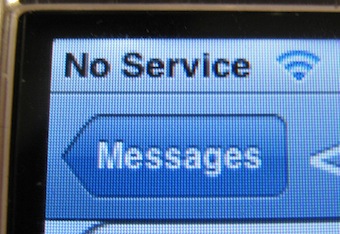The three most common methods for charging for electricity are direct, submetered and rent inclusion.
Direct
The most cost effective electricity clause in a commercial lease permits the tenant to buy electricity directly from the utility company. The tenant obtains a third-party electrical provider (for example, LIPA or Con Edison). The tenant contracts directly with the provider and pays them. As a rough benchmark, costs per square foot for general office use (no special computer rooms, additional air conditioning equipment, etc.) is in the range of $1.65 to $2.00 per square foot. You are not liable to pay commercial rent occupancy tax if electricity is billed direct. An electricity meter must be present in the space for direct electricity to be an option. Full floors or large commercial spaces tend to have their own electricity meters.
Submetered
A meter is installed that measures electrical usage solely from your premises. However, the landlord is the one that contracts with the third-party electrical provider, not the tenant. The landlord then bills the tenant the “actual cost” plus an administrative charge. The administration charge can range from 1% to 12%, but after negotiation, typically falls in the middle. The definition of cost can be complicated within the lease clause. Tenants may be liable (depending on the lease) to pay commercial rent occupancy tax on submetered electric.
Rent Inclusion
Electricity charged on a rent inclusion basis is a fixed amount, which is typically quoted on a per square foot basis. (Example: $3.00 per square foot on a 2,000 square foot lease would result in $6,000 per year or $500 per month). It is not directly related to the landlord’s actual cost and includes a profit add-on for the landlord. For general office electrical demand (lights, PCs on each desk, etc.), the cost per square foot could be $1.65 to over $2.00 per square foot. Therefore, the landlord has a built-in profit.
The electricity lease clause will nonetheless typically provide the landlord the right to conduct a lease audit on a periodic basis to determine if usage has increased over certain initial usage levels and may have the option to increase the charge. Additionally, the landlord typically reserves the right to increase the charge if the third-party electrical provider increases its rates. Tenants always pay commercial rent occupancy tax on rent inclusion since electricity is classified in the lease as additional rent.
Discover more from Helping NYC & Long Island Commercial Tenants, Owners, and Developers
Subscribe to get the latest posts sent to your email.





